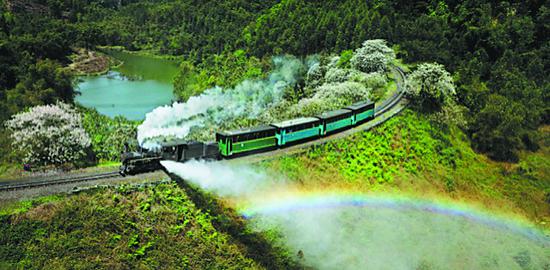
The Jiayang mini steam train running in Qianwei county, Sichuan province, has attracted tourists to the area. (Photo provided to CHINA DAILY)
Passengers still enjoying rides on old railway in former mining area
Amid the chugging and whistling sounds, a mini steam train departs at a leisurely pace from Yuejin Station in Qianwei county, Sichuan province.
Chen Yue sits on a wooden chair in the swaying carriage, leaning her head against the window and admiring the view of the picturesque countryside along the way.
A few minutes later, the train suddenly enters an unlit tunnel, plunging the passengers into darkness. This was followed by a chorus of cheers, screams and laughter.
"What an amazing experience! It's like time-traveling to the 18th century," Chen said.
She'd heard about the steam train a long time ago and finally had the chance to experience it during her annual leave.
"It is much more exhilarating to sit here in person than to see pictures and videos online," she said.
While steam trains have been abandoned in most parts of the world, the Jiayang mini steam train in Qianwei has managed to remain operational and has emerged as a popular tourist attraction. It is said to be the world's only narrow-gauge steam train still toting passengers.
The train runs on the 19.8-kilometer-long Bashi Railway, which was built in 1958 to transport coal from the Jiayang Coal Mine to the banks of the Minjiang River.
The railway has a track gauge of only 762 millimeters, half the standard width. It goes all the way through the hills, with 108 bends, six tunnels and a maximum slope gradient of 36 degrees. A round trip takes about two hours.
Jin Yu, a staff member at the Jiayang Suoluo Lake Tourism Scenic Area, said after the coal resources ran out in the 1990s, the local government protected the steam train and railway as an industrial heritage.
The Jiayang mining area, which encompasses the train and railway, was designated as a national mine park in 2010.
Moreover, in 2018, the steam train and railway were among China's first industrial heritage sites and vehicles.
The train operates using primitive methods borrowed from the age of steam — a period of industrialization in Europe between 1770 and 1914 — such as manual coal feeding, driving, braking and rail switching, and has thus been hailed as a "living fossil" of the industrial revolution, Jin said.
The train attracts hundreds of thousands of tourists from home and abroad every year, including steam engine enthusiasts from countries such as the United Kingdom, Germany, Japan, Australia and New Zealand.
"The scenery is most stunning in spring, when a vast area of yellow rapeseed flowers on both sides of the railway are in full bloom," Jin said.
Duanjiawan, the best spot to capture the mini train passing through the rapeseed flowers, was named one of the most beautiful photography spots in Sichuan by China National Geographic magazine.
Another famous sightseeing spot is Liangshuituo, where the train emits a large amount of steam as a performance, creating a rainbow when illuminated by the sunlight.
Zhang Xiang, deputy manager of the marketing department of Jiayang Suoluo Lake Tourism Scenic Area, said nearly 10,000 azaleas and tung trees along the railway line have been recently planted to extend the flower viewing season.
"Tourists can now basically enjoy flowers in every season here," he said.
After arriving at the terminus, Bagou Station, tourists can visit the Jiayang National Mine Park Museum next to the station, or descend nearly 50 meters underground to explore the Huangcunjing coal mine pit that was first built in 1938. Here, they can learn about and experience how miners lived decades ago.
Zhang said the scenic area is also home to 540,000 spinulose tree ferns, a species that survived from the age of the dinosaurs.
In the first four months of the year, the scenic area received 570,000 domestic and foreign tourists, an increase of some 9 percent over the same period last year, generating tourism revenue of 80.2 million yuan ($11.1 million), he said.











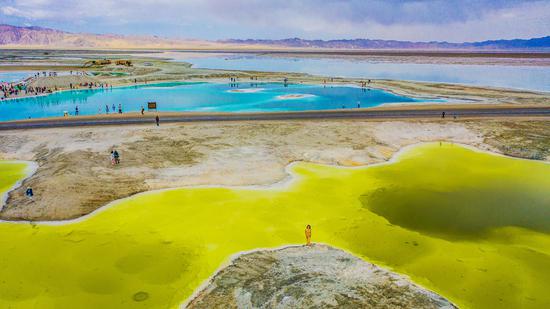





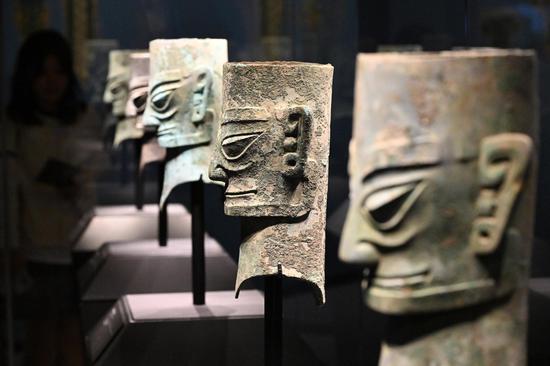
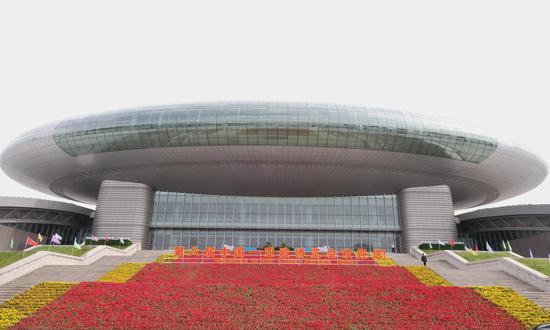















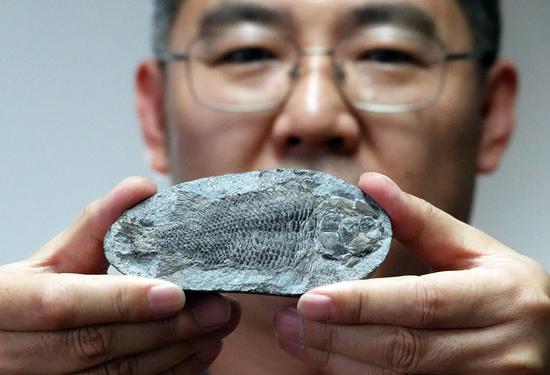

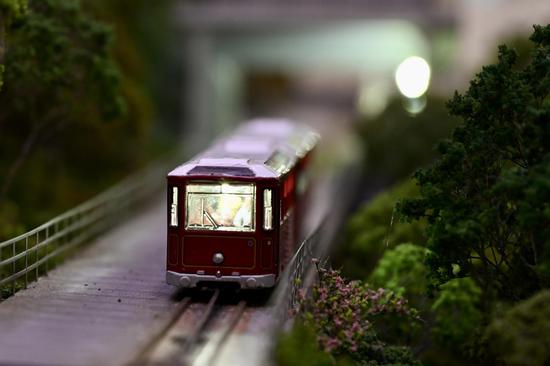


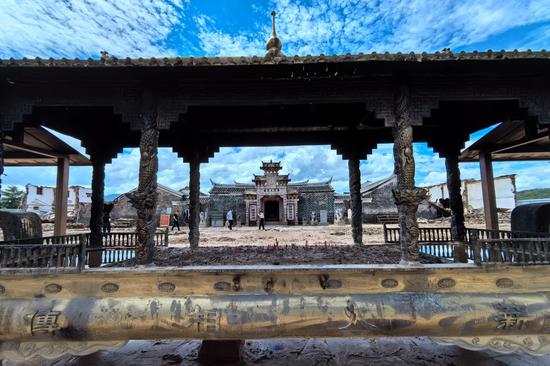

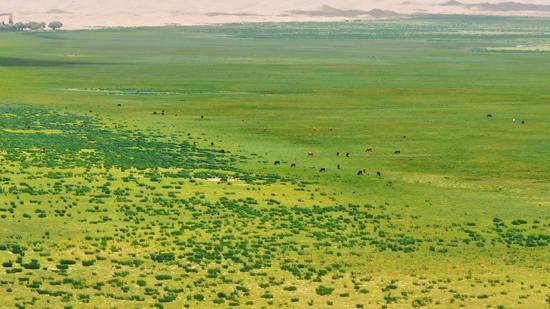


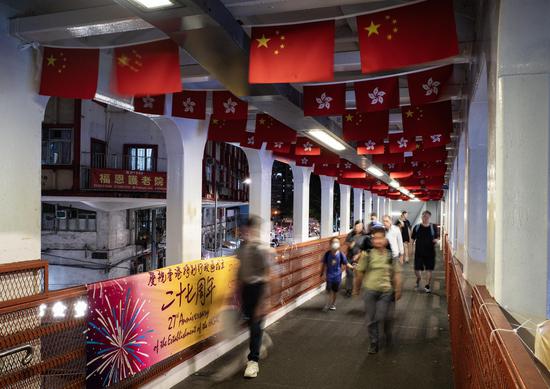



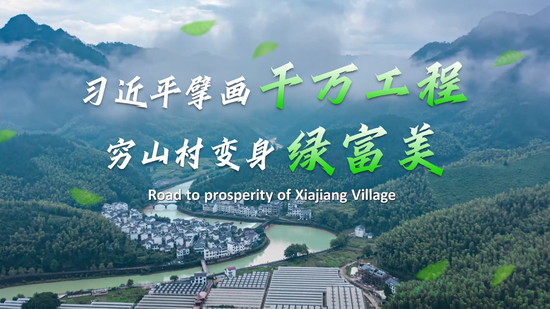

 京公网安备 11010202009201号
京公网安备 11010202009201号